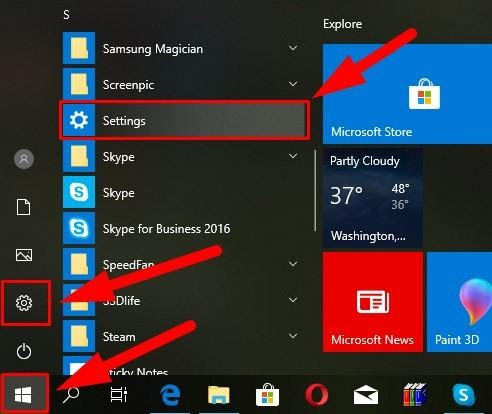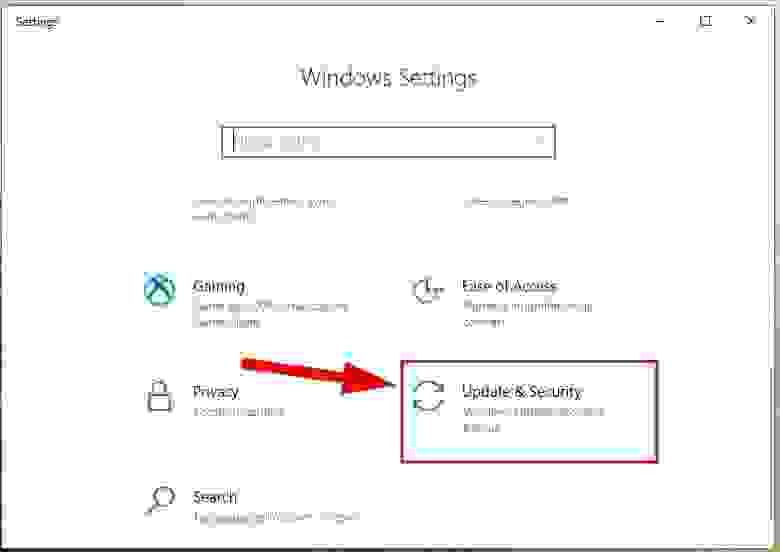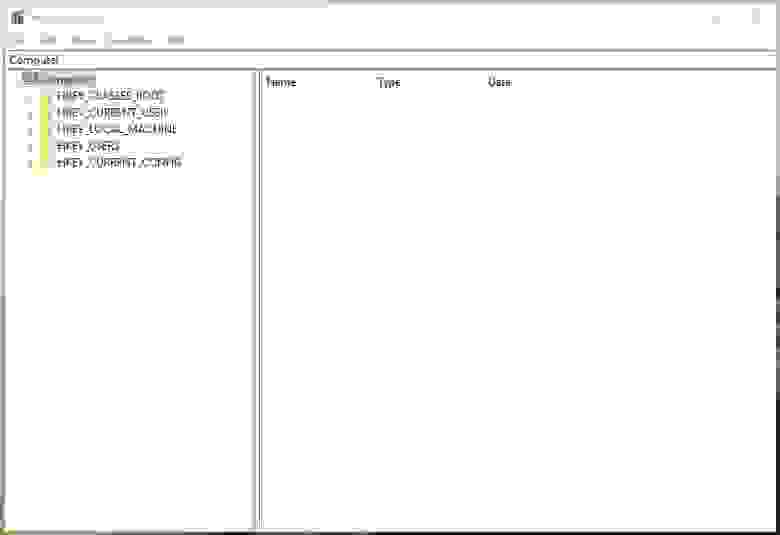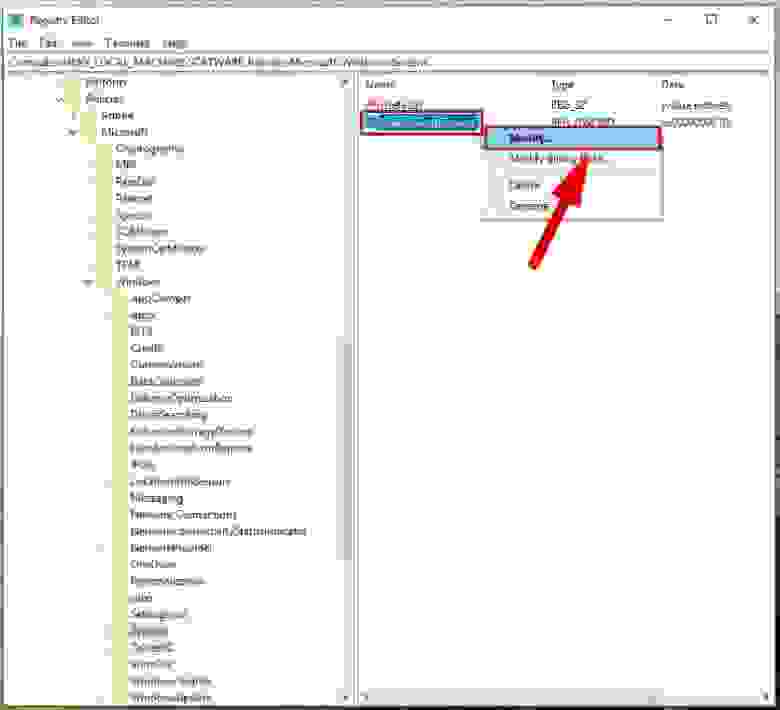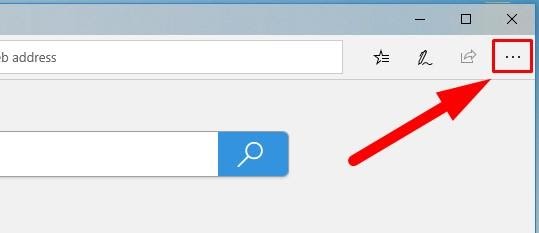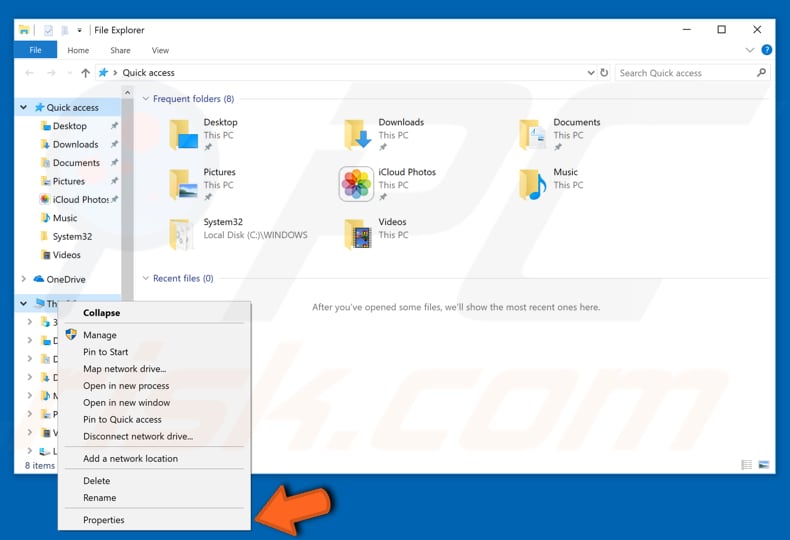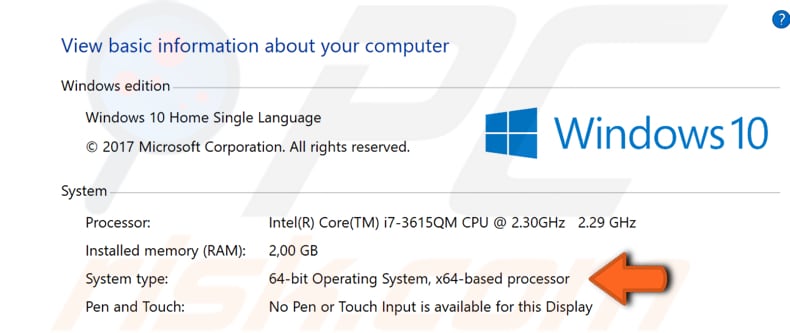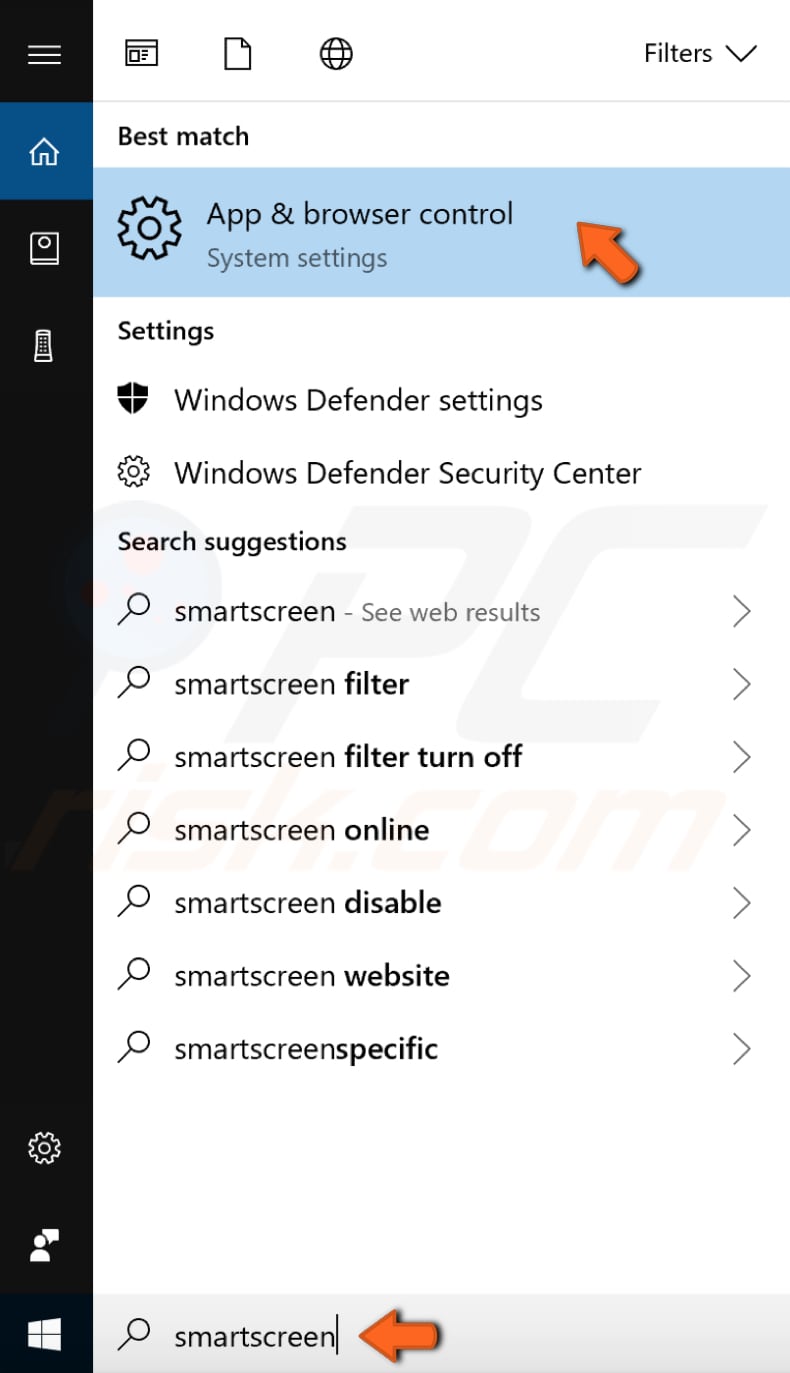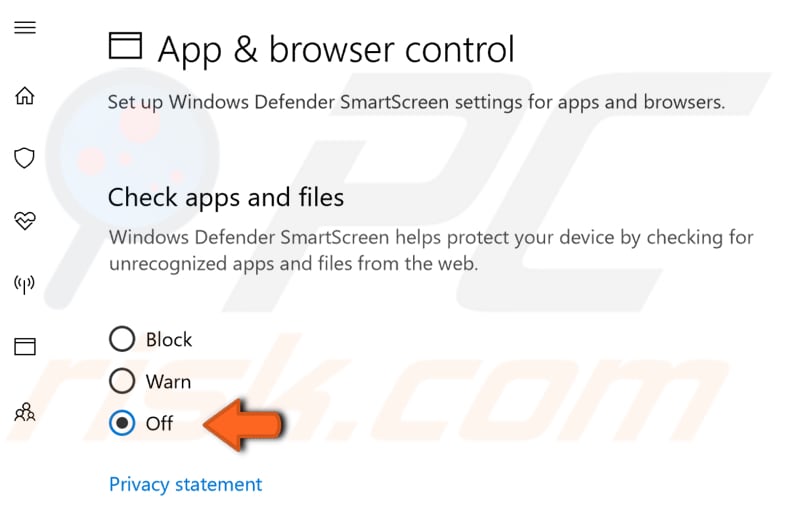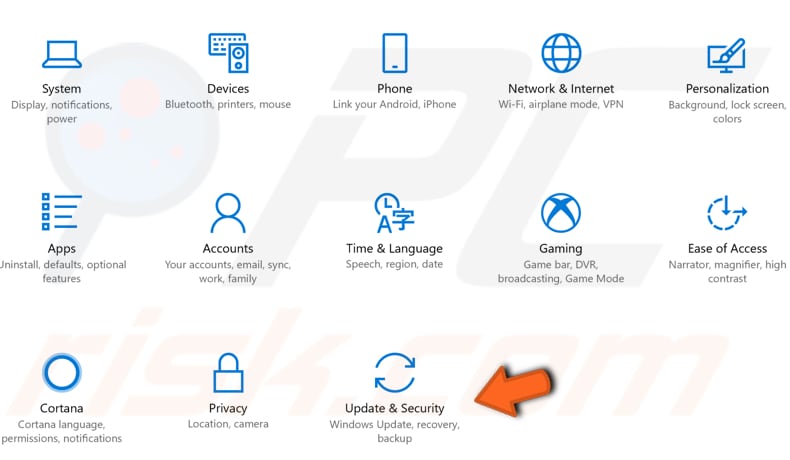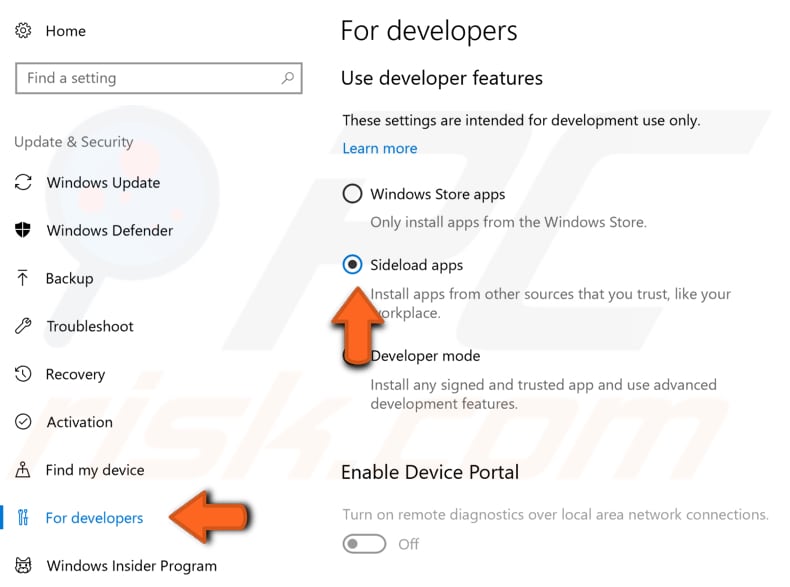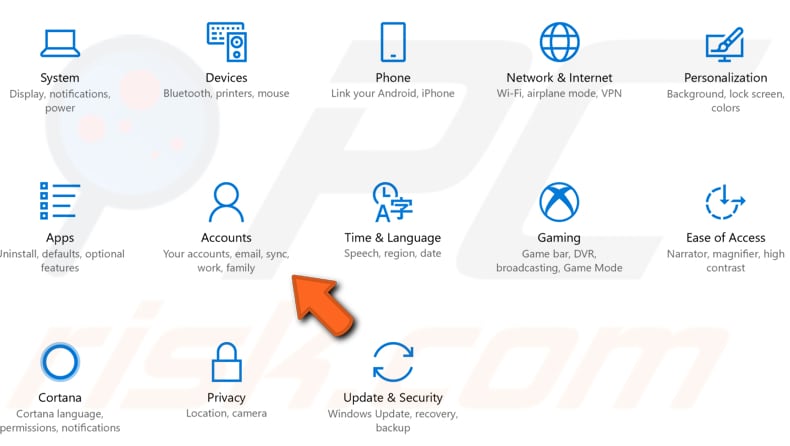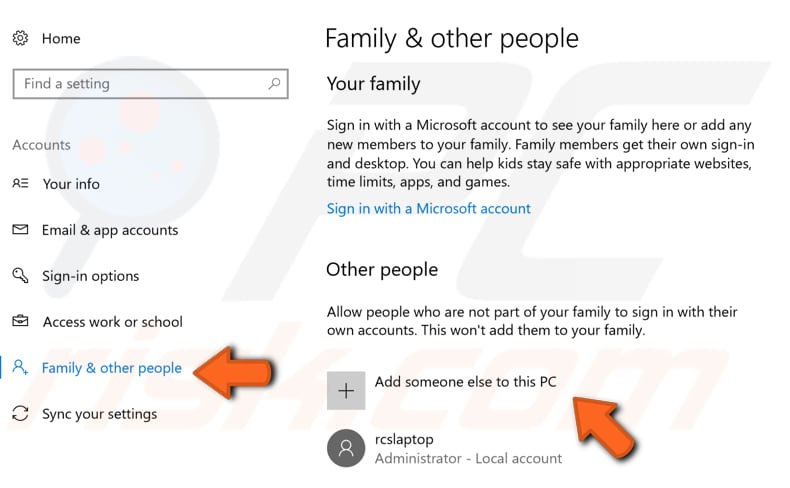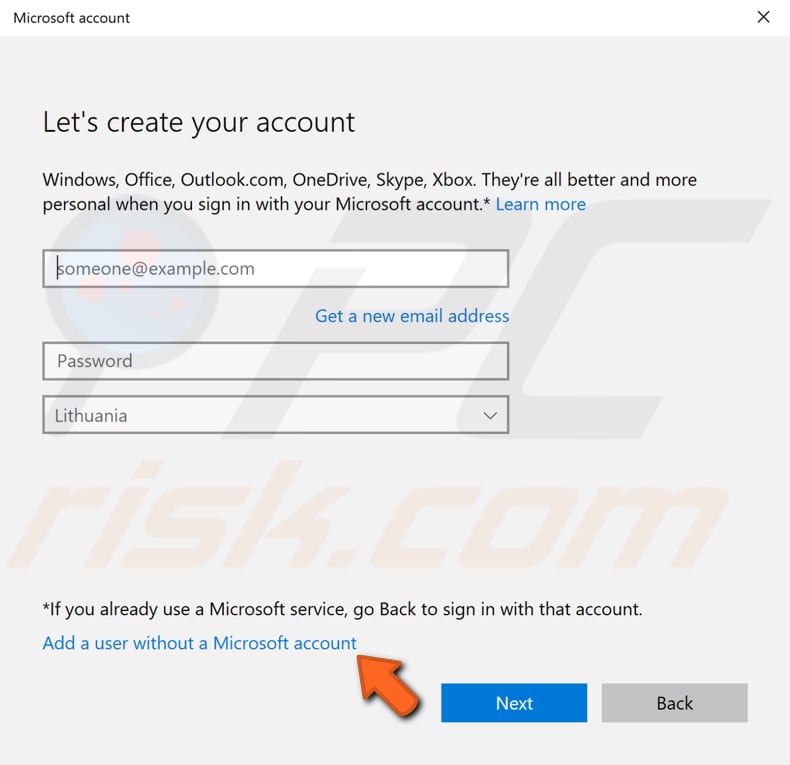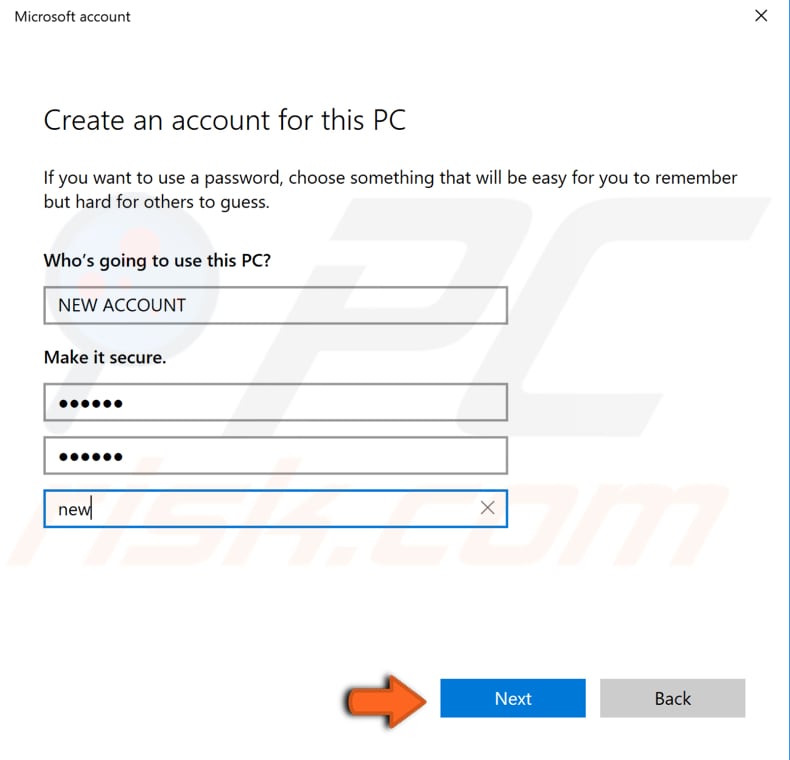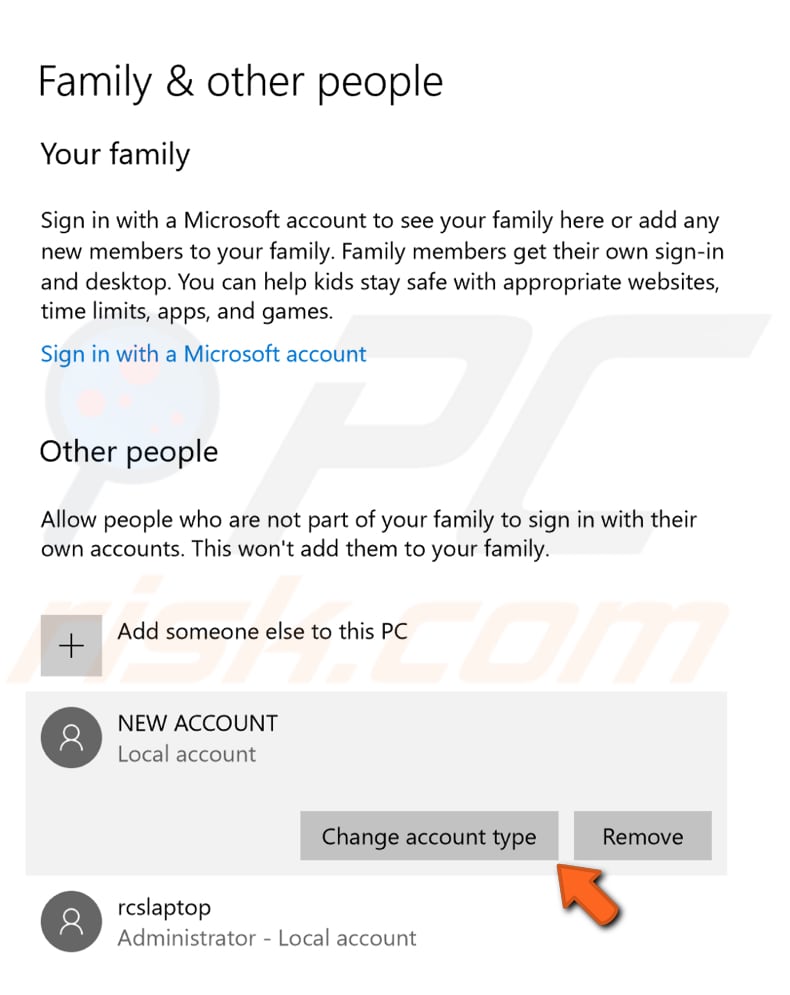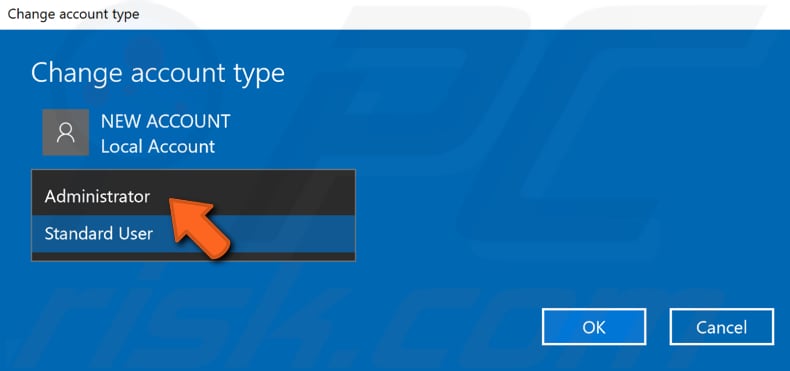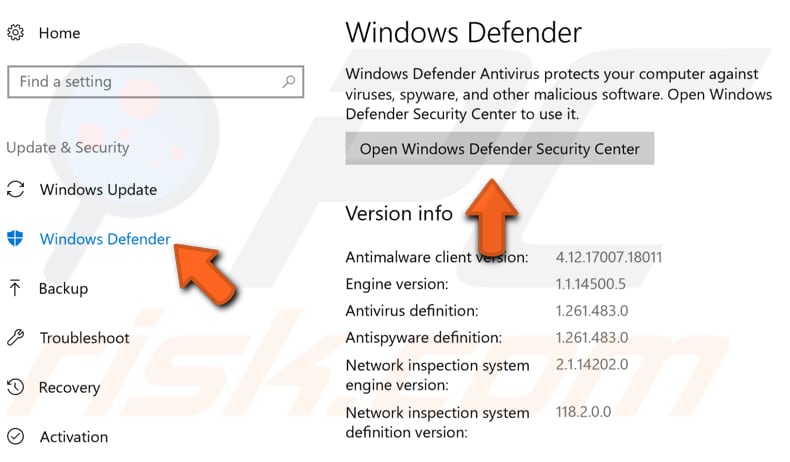this app can t run on your pc что делать
How to Fix the Error «This App Can’t Run On Your PC»?
Read this article to learn how to fix the problem with running an application on PC, and we will find out why this error appears and how to solve the problem.
The core of the problem
On the Internet, there are lots of websites offering to install various applications and programs. At an early stage, Windows 10 operating system can detect and warn the user of possible issues, or even block a harmful application or program at once.
For this purpose, Microsoft has improved greatly the built-in defense component, SmartScreen. Its main task is to protect the user from apps provided by questionable developers. SmartScreen helps to reveal any previously detected malware, applications or websites created for malicious purposes, and takes informed decisions on blocking their access, download or use on your personal computer or another computing device.
At the first stage, SmartScreen analyzes all applications, programs and webpages for any suspicious activities. The next step will be to compare suspicious apps and webpages with the list of programs and websites recognized to be harmful. In case of a coincidence, SmartScreen will block download or installation for such a program, and display a corresponding notification for the user.
Obviously, SmartScreen is quite a useful feature in Windows 10 and using it seems absolutely justified. However, frequent error messages or warning notifications displayed while you are working with an application or website that you trust can become quite irritating. In that case, SmartScreen is easy to disable – if you know the app we are talking about is absolutely safe.
This security feature can display quite a number of various warnings and error messages, but most of these can be sorted out on your own. Mostly, these are issues related to providing additional permissions or signing in to an account with administrator’s rights.
Still, cases when you see a SmartScreen message saying This app can’t run on your PC are totally different. Such messages only suggest that you contact the program’s developer for advice – and that’s all. Also, you can face such messages when apps that used to run seamlessly on your computer, suddenly can’t start, for no evident reason. Yet don’t worry: even if you see the error This app can’t run on your PC in Windows 10, here’s what you can do.
The error This app can’t run on your PC
If you see such a message, it means there is a compatibility error. The application you are trying to install is incompatible with your operating system, Windows 10. You may also encounter this error if the application requires special permissions to run – and the current user account lacks them. This error only appears when you are trying to install an application, and never does when you start one. If an application is already installed to your computer, starting it will never trigger this error. There are two ways to fix it.
Use your account with administrator rights
When you see this error message, it might be due to your signing in to an account which doesn’t have administrator rights. To exclude this one out, check the account you are using now. If the current account is not the administrator’s one, switch to that account, and try installing the application again. If this method doesn’t work, try another one on the list.
32-bit or 64-bit application
If you’re using the 32-bit version of Windows 10 and trying to run a 64-bit version of the program, the error should have been expected. Similarly, if you’re trying to install a 32-bit program onto a 64-bit version of Windows 10, this error may also take place. If the problem comes from bitness, there’s only one solution – you’ve got to find the proper version of the necessary application and install it.
Disable SmartScreen in Windows 10
Sometimes, the error This app can’t run on your PC may be false. That’s why if the advice I have given you in this article didn’t help you and you still face this error, and you still need to run this app despite the warning, try disabling SmartScreen filter. In this tutorial, we will show you three ways to disable the security feature, as it is applied to the entire Windows 10 operating system, to applications received from Microsoft Store, and to the system’s featured browser, Microsoft Edge.
Disable SmartScreen in Windows 10 with Windows Defender Security Center
In this case, you should open Windows Defender Security Center. It can be done in a few ways.
Click on the Start button on the Taskbar, and open the main Windows menu, then click the gearwheel symbol. Alternatively, drag the scroll bar down until you find the line Settings.
In the application window, drag the slider down and select the section Update and Security.
On the left, select Windows Security, and on the right click on Open Windows Defender Security Center.
It opens the main window of Windows Defender Security Center.
In the side menu on the right, select App & browser control. You will be redirected to the page where you can configure SmartScreen for applications and browsers.
Here, you can disable Check apps & files, SmartScreen for Microsoft Edge and SmartScreen for Microsoft Store apps. Check the Off option in corresponding sections.
When the pop-up notification from Windows User Account Control asks Do you want to allow this app to make changes to your device? click Yes for the changes to take effect.
Disable SmartScreen in Windows 10 with the Registry Editor
Note: It is important to remember that anything you do to the registry is on your own responsibility. Any actions involving the registry may cause irreversible consequences. Windows 10 may begin working with errors, some apps or programs may not be able to start, the operating system can crash or have problems when booting. Before you start modifying the registry, we strongly recommend backing it up, just in case. To do it, open the Registry Editor, choose the File tab in the main menu, and select Export. The operating system will suggest you to give a name to the registry backup and select the directory where to save it. Choose a name that will help you to remember when exactly this backup was created. The best name would be the date of creation, for example, 02-04-2019. After that, click Save. Now you will have a registry backup file which you can use to restore it if necessary.
One more time, open the Run dialogue box in any of the ways described in this article (for example, by pressing the keyboard shortcut Windows + R for quick access to the Runwindow). In the command prompt field, type the command for opening the Registry Editor (regedit) and click ОК to perform the command.
When the pop-up notification from Windows User Account Control asks Do you want to allow this app to make changes to your device? click Yes and open the Registry Editor window.
In the left-side part of the window, follow the path:
You can also use a different method for accessing this particular section of the registry. Just copy and paste it into the address bar of the Registry Editor (it’s under the main menu). This way, you can avoid possible errors when selecting the registry section, as the left panel displays many similar directories, and this specific method helps you make sure you use the correct address.
Right-click on an empty area on the right, select New from the context menu that appears, and click on the nested menu option DWORD value (32 bit).
Give the new DWORD value the name EnableSmartScreen. Double-click on it, or right-click on it and select Modify from the menu.
In the window Edit DWORD value (32 bit) set the Value data to0 (this value data will be used by default). Click ОК or press Enter on your keyboard to save the changes to the value.
Now close the Registry Editor window and restart your computer. After that, SmartScreen will be disabled.
Disable SmartScreen in Windows 10 with the Local Group Policy Editor
If your computer is running Windows 10 Home Edition, you won’t be able to use the functionality of the Local Group Policy Editor, as this utility is not excluded into this particular version of the operating system. For other versions of Windows 10, do the following.
Open the Run dialogue box in any of the ways described in today’s article (for example, right-click on the Start button in the Taskbar, and select the Run dialogue box in the menu that opens). In the Command Prompt window, type the command gpedit.msc.
Click ОК or press Enter on your keyboard to confirm your action, and the Local Group Policy Editor window will appear.
In the left-side panel, follow this path:
Computer Configuration – Administrative Templates – Windows Components – Windows Defender SmartScreen.
There are two subsections, Explorer and Microsoft Edge. Each of them contains a policy setting Configure Windows SmartScreen that allows you to enable or disable the filter as you like. Double-click on it, or right-click on it and select Edit from the menu.
In the window that opens, check the option for Disabled, then click Apply and ОК to save the changes you have made.
Apply this algorithm to every subsection: Explorer and Microsoft Edge. In the first subsection, it disables checking files in Windows 10, and in the second subsection it turns off SmartScreen in Microsoft Edge. After saving the changes, close the Local Group Policy Editor, and the SmartScreen feature will be disabled.
There is also a way to disable SmartScreen in Microsoft Edge in the browser settings. Open Microsoft Edge and click on the three-dot button in the top right corner to open the main menu.
Then click View advanced settings.
Scroll down to find the line Help protect me from malicious sites and downloads with Windows Defender SmartScreen and set the slider to Off.
Finally, when the SmartScreen feature is disabled, make sure that your application starts and works correctly now. If you see the error again, the problem must be in the application itself, not in the security feature.
Then all you can do is to wait for another update to fix this issue, or find another program to replace the faulty app. If you disabled the SmartScreen feature, make sure you turn it on again after the necessary application is installed. It’s not a good idea to leave your system open to threats and without protection, so turn the feature on again and improve the security of your operating system.
See the full article with all additional video tutorials. If you still have any questions, please ask in a comments. Also visit our Youtube channel, there are over 400 video tutorials.
This app can’t run on your PC [Solved]
Last Updated: 3 years ago
“This app can’t run on your PC” is definitely not Chinese to you, especially if you’re a Windows 8 or Windows 10 users. This feature is called SmartScreen filter. It’s designed to keep you save from malicious programs, web pages and/or websites.
In normal cases, it pops out when Microsoft decides that certain apps you are to open would be harmful to or not appropriate for your operating system.
However, it can be too sensitive sometimes to a point where you can’t even open some of the basic programs which you’re sure to be problem-free.
Not to worry much about it. Annoying as it seems, it’s an easy problem to solve, as long as we find out what cause it. Just follow the instructions below and you will easily get it fixed!
Option 1: Download and install the right version of programs
One of the most commonly seen reasons for this error message is that you have downloaded the wrong program for your operating system. For example, you’re in Windows 32-bit, but you download a program for Windows 64-bit OS.
Double-check the program you are to install, and make sure that you have the correct setup files downloaded.
Option 2: Use a new administrator account
One of the first things you should try is to switch to your administrator account if you’re on a guest account. If you’re already on your administrator account and the problem persists, you need to create a new administrator account to fix this issue. Here is how:
1) On your keyboard, press the Windows logo key and I at the same time. Then click Account.
2) On the left side of the pane, click Family & other people. On the right side, scroll down a little bit to locate Other people section. Then click Add someone else to this PC.
Note: On some versions, the listed options could be Family & other users and Other users.
3) Click I don’t have this person’s sign-in information.
4) Click Add a user without a Microsoft account.
5) Finish typing in your personal information for your new account, and click Next to continue.
6) You should be able to see the new account just created. We need to click it and click Change account type.
7) Click Administrator. Click OK to save the change.
8) If switching to a new administrator account solve your problem, you need to move your personal files and folders to this new account and use it from now on.
Option 3: Disable SmartScreen
As mentioned, SmartScreen is designed to protect you from phishing attacks and malware. Disabling SmartScreen is just a temporarily workaround. If this option doesn’t work for you, please re-enable it just in case unwanted problems occur. Here is how you disable it:
2) Click the Off option under the Check apps and files category.
3) You need to provide administrator approval to proceed. Click Yes at the User Account Control window to continue.
4) Try to reinstall the app you wanted to install now. See if the notification appears again.
If it reappears, change your SmartScreen filter back to Warn status. This to a large extent prevents you from viruses or malware.
Option 4: Enable Sideload apps
If the app you want to install is not from Windows Store, but from the source that you trust. You can try Sideloading apps:
NOTE: This option is recommended only when you have 100% trust in the app publisher.
1) On your keyboard, press the Windows logo key and I at the same time. Then click Update & security.
2) On the left side of the pane, click For developers. Then click Sideload apps on the right side.
Other options
1) If this error happens when you click the program shortcut, try to open the folder it belongs and run it from there. If it still refuses to work, you need to reinstall this program.
2) If you have tried all the above methods but to no avail, please consider try to perform a clean boot.
Want us to fix the problem for you?
Feel free to leave us comments if you need more help from us.
How to Fix ‘This app can’t run on your PC’ Error?

How to Fix the ‘This app can’t run on your PC’ Error on Windows 10
What Causes the ‘This app can’t run on your PC’ Error?
This error occurs due to compatibility issues. The app you are trying to install is incompatible with a particular Windows 10 operating system version.
You might also see this error when a particular app requires special permissions to run that you don’t have. The error usually appears when trying to install an app, but not when running it.
There are several possible causes of this error. The app version might not be correct for your operating system. For example, if you are running the 32-bit version of Windows 10 and trying to install the 64-bit version of the app, you will see this error.
If you are trying to install a 32-bit app on a 64-bit Windows system, you will see the same (or a similar) error. This error might appear even for applications or programs that previously ran without issues.
Video Showing How to Fix the ‘This app can’t run on your PC’ Error:
Table of Contents:
Install the Right Version of Your App
The terms 32-bit and 64-bit refer to how a computer processor (also called the CPU) handles information. The 64-bit version of Windows handles large amounts of random access memory (RAM) more effectively than a 32-bit system.
If you are not sure which version of Windows you are running, go to File Explorer and right-click on «This PC» (former My Computer), and select «Properties» from the drop-down menu.
You will see all the basic information about your computer, including the version of the Windows operating system and system type.
Another way to check your system type is to enter «system information» in Search and click the «System Information» result at the top. This will open the System Information window displaying the type of Windows operating system you are running.
Now that you know what version of Windows you are running find the correct app version for Windows and try to install it.
Update or Reinstall the App
Try to update or reinstall the app. This method is not guaranteed to work but is definitely worth an attempt. Go to the developer’s site of the app and see if there are any updates available. This error may be caused by a bug within your app.
If the version of your app is the latest and you still receive the error, try to delete it and then download and install again. Ensure that you download the app from the official website since third-party websites can include older (or bugged) versions.
Disable SmartScreen
If you have tried the above solutions and still see the «This app can’t run on your PC» error, try disabling the SmartScreen. This feature might be responsible for the error you are getting and prevents the app’s installation. If this is the case, disable SmartScreen and see if the error persists. To disable SmartScreen, go to Search and type «smartscreen,» click the «App & browser control» result to open it.
NOTE: You will need to provide administrator approval to proceed. When you have finished, try to reinstall the app and see if the error still appears.
Enable App Sideloading
Sideloading is the installation of an application without using the official application distribution method. By default, the operating system blocks you from sideloading apps. The main reason is to protect you and your computer.
Once sideloading is enabled, you can download and install applications from any website or third-party app store. To enable app sideloading on Windows 10, go to Settings and click «Update & Security.»
On the left side of the pane, click «For developers,» and then select the «Sideload apps» option on the right side to enable Windows to install apps from other sources that you trust.
Use or Create New Administrator Account
Windows 10 has two types of user accounts: Standard and Administrator. Standard users can perform all daily tasks, such as run programs, browse the Web, check email, stream movies, etc.
Suppose you want to perform tasks that make significant changes to the system, such as installing software, adding, removing, or changing user accounts, or running elevated commands. In that case, you will need an Administrator account. If you are on a guest or standard account, switch to your administrator account.
If you are already on your administrator account and the problem persists, create a new administrator account to fix the «This app can’t run on your PC» error. Creating a new administrator account is simple:
Go to Settings and click «Accounts.»
In Account settings, find «Family & other» people on the left pane and select it. Click «Add someone else to this PC» to create a new account on Windows.
You will be asked to enter the person’s email address or phone number you want to add. To add a user without a Microsoft account, click «I don’t have this person’s sign-in information.» If a window requesting how you want to open it appears, ignore it and click «I don’t have this person’s sign-in information.»
Now click «Add a user without a Microsoft account.»
Complete the required fields and click «Next.»
Your new account will now be created. Select it and click «Change account type.»
You will be given two options: «Standard User» and «Administrator.» Select «Administrator» and click «OK.»
If switching to a new administrator account fixed the «This app can’t run on your PC» error, move all your personal files and folders to this new account and use this account from now on.
Repair Your Registry
Faulty or corrupted registry keys might also block apps from running on the Windows 10 operating system. To repair your registry, you will need to run an SFC (System File Checker) scan. This guide describes how to run the System File Checker tool (SFC.exe) to scan your system files and repair missing or corrupted system files.
Windows may not behave as expected if a Windows Resource Protection (WRP) file is missing or corrupted. For example, some Windows functions may not work, or Windows may crash. The «sfc scannow» option is one of several specific switches available in the sfc command, the Command Prompt command used to run System File Checker.
To run it, open Command Prompt by typing «command prompt» in Search and then right-click on «Command Prompt,» select «Run as administrator» from the drop-down menu to run Command Prompt with administrator privileges. You must run an elevated Command Prompt to be able to perform an SFC scan.
Type «sfc /scannow» in the Command Prompt window and press Enter to execute the command. System File Checker will start and take some time to complete the scan (about 15 minutes). When the scanning process completes, restart your computer and see if this helps to fix the error.
Update Microsoft Store
Microsoft Store is a helpful feature for many users who download and install the latest apps for everyday use. There may be bugs in your current version of Microsoft Store causing this problem. Microsoft provides Windows users with many frequent updates and bug fixes and, therefore, the easiest and quickest way to fix this problem is to update Microsoft Store.
To check for Microsoft Store updates, open it and click the three dots (top-right corner) and select «Downloads and updates» from the drop-down menu and then click «Get updates.»
Update Your Windows
You should be automatically directed to the Windows Update section. Click «Check for updates.» Windows will start checking for updates. If there are updates available, install them and check for updates again (just to ensure that you have the latest updates on your operating system). Check if this helps to solve the «This app can’t run on your PC» error.
Check Your Disk for Errors
To run it from the command line, open Command Prompt, type «command prompt,» and right-click on the «Command Prompt» result, select «Run as administrator» from the drop-down menu.
Type the «chkdsk C: /f» command in the Command Prompt window and press Enter on your keyboard. Replace «C» with the letter of your hard drive (if C: is not the drive you wish to scan). The «chkdsk C: /f» command detects and repairs logical issues affecting your drive. To repair the physical problems, also run the «chkdsk C: /r» command.
Perform a Full System Scan
Malware can cause various system issues related to running or installing the apps. Perform a full system scan and see if it detects any malware on your computer. You can use Windows Defender (a built-in antivirus program), which protects your computer against viruses, spyware, and other malicious software.
Alternatively, you can use other third-party antivirus software. To run a full system scan using Windows Defender, type «defender» in Search and click the «Windows Defender» result.
Click «Open Windows Defender Security Center» on the right pane.
Then click «Virus & threat protection.»
In the Virus & threat protection window, click «Advanced scan.»
Select «Full scan» and click «Scan now.» This will start scanning your system for malware. When the scan is finished, try installing the app again.
Finally, we recommend that you run the installation file as an administrator. Simply right-click on it and select «Run as administrator» from the drop-down menu.
We hope that one of these solutions helps you remove the «This app can’t run on your PC» error message when using Windows 10.
Click to post a comment
About the author:
I am passionate about computer security and technology. I have an experience of 10 years working in various companies related to computer technical issue solving and Internet security. I have been working as an editor for pcrisk.com since 2010. Follow me on Twitter to stay informed about the latest tech news or online security threats. Contact Tomas Meskauskas.
Our guides are free. However, if you want to support us you can send us a donation.
PCrisk is a cyber security portal, informing Internet users about the latest digital threats. Our content is provided by security experts and professional malware researchers. Read more about us.


